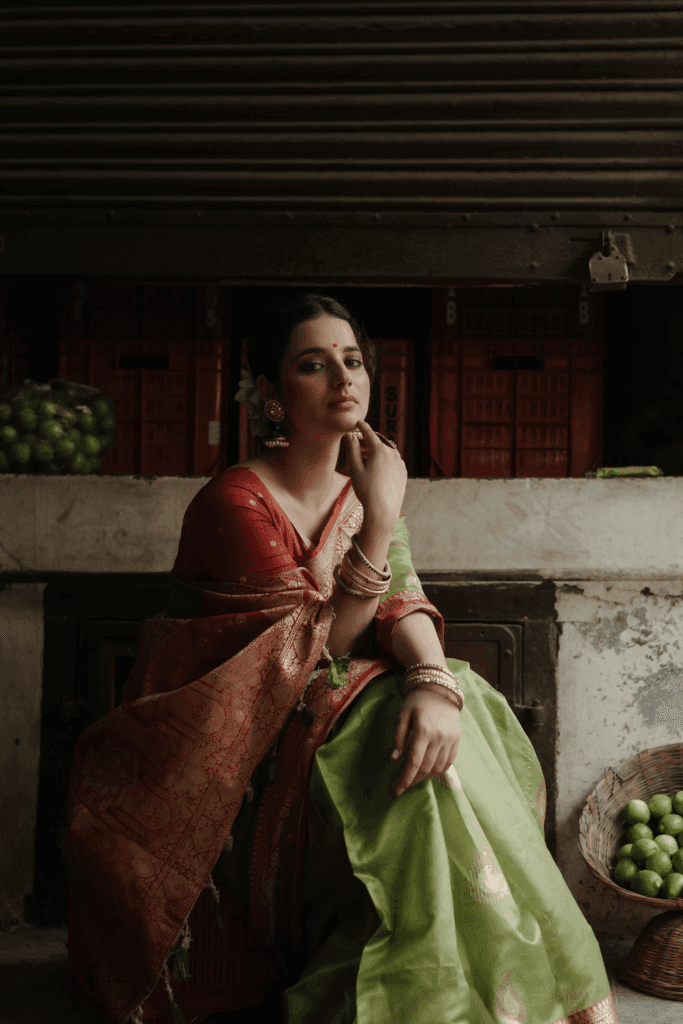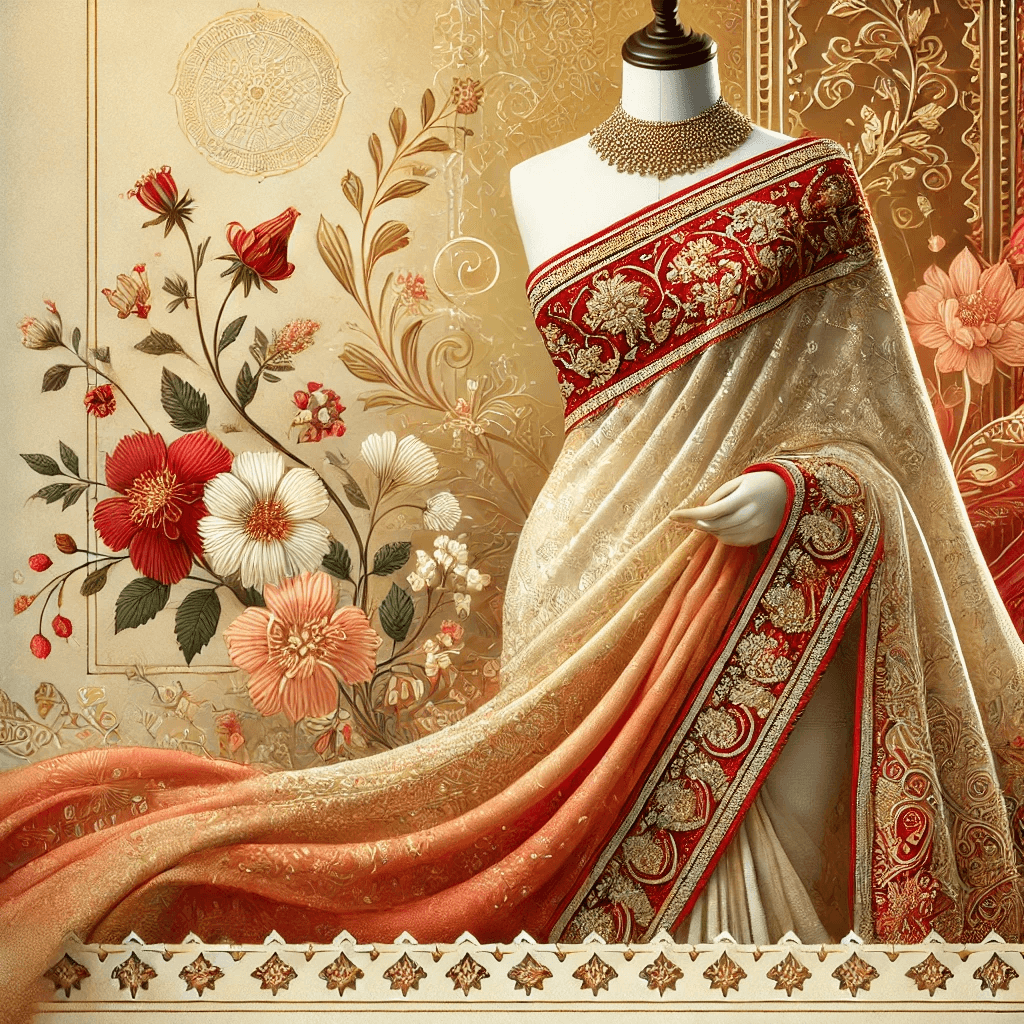Sarees are love and emotions wrapped in six-yards of fabric. They need love and utmost care. Since, the saree is an unstitched garment, you need to prep it before it’s ready to drape. Yes! preparation is as important as draping. If you don’t prep your saree, it looks weird and unfinished. getting your saree’s fall and pico done before wearing is quite important. These are small but very essential steps which give your saree that perfect finishing.
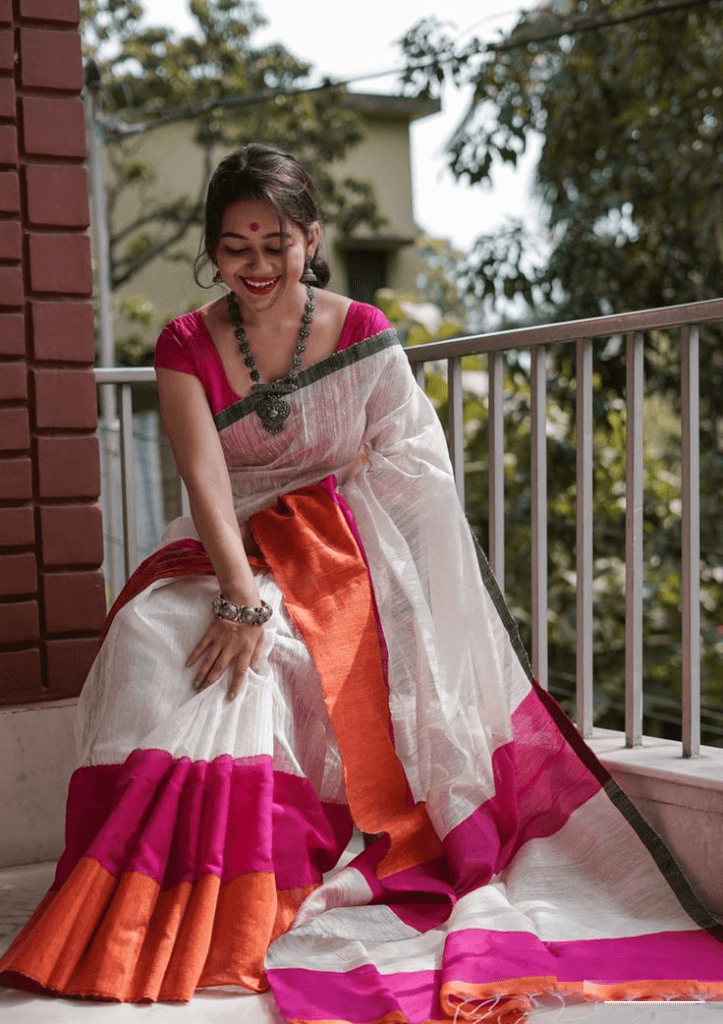
Let’s explore what fall and pico are and how they help in preserving and styling your sarees.
What is a Saree Fall?
The fall is a strip of fabric (usually cotton) about 5 to 6 inches wide that is stitched along the lower inner border of a saree, usually starting from the beginning of the pallu to the end of the drape. This area is the part of the saree that touches the floor, so adding a fall provides extra weight and protection.
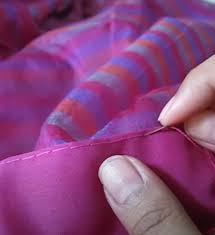
Benefits of a Fall:
- It protects the saree’s fabric from wear and tear.
- It prevents fraying, especially for delicate weaves.
- It gives the saree a graceful fall while draping, making it easier to pleat and handle.
- It enhances the overall drape, allowing it to flow better with your body.
What is Pico in a Saree?
Pico refers to the neat hemming of the saree’s raw edges. The process involves folding the edges of the saree fabric and stitching them to prevent unraveling.
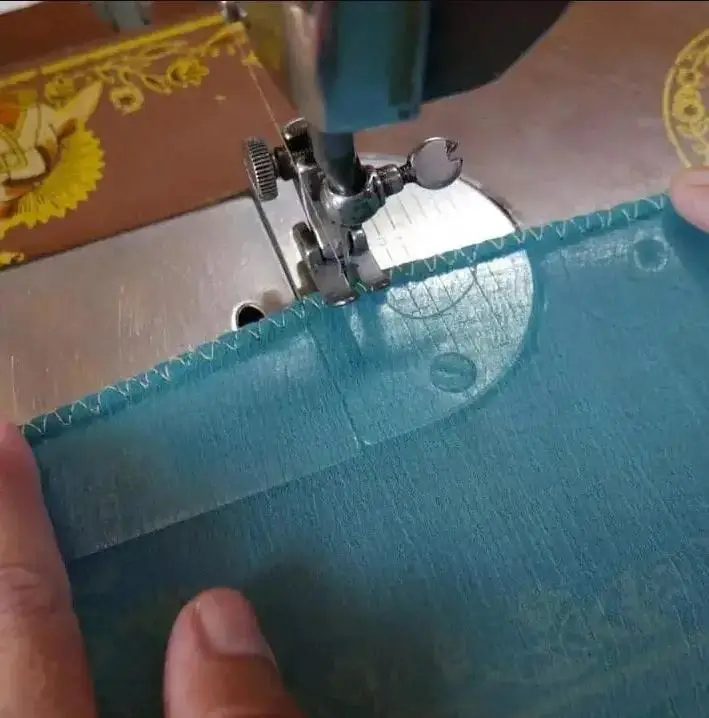
Benefits of Pico:
- It gives a polished, finished look to the saree.
- It prevents the fabric from fraying at the edges, increasing its lifespan.
- It is especially important for delicate fabrics like chiffon, georgette, and organza.
- It ensures the saree looks neat even after multiple uses and washes.
Why are Saree Fall and Pico Important?
Many people underestimate the importance of fall and pico, but they are essential for maintaining the saree’s structure and longevity. A saree without a fall may lose its shape or wear out faster. Similarly, skipping pico can lead to threads coming out, which can spoil the look of the saree.
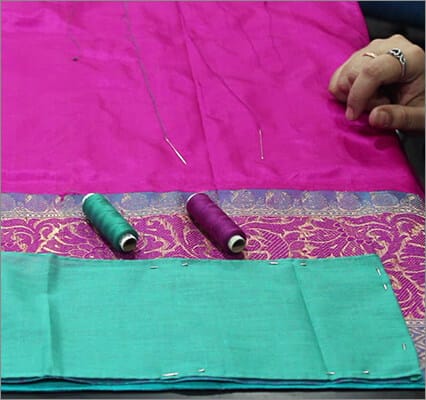
For heavy sarees like Banarasi, Kanjeevaram, or Paithani, the fall adds necessary weight for a better drape. For lighter sarees, pico keeps the edges intact and makes it easier to pleat and carry.
How to Choose Saree Fall and Pico?
- Color Match: Choose a fall that either matches the saree or complements its border. For example, a red saree with a gold border looks best with a gold or matching red fall.
- Fabric Type: Cotton is commonly used for falls, but for rich sarees like silk, you can use satin or similar materials to match the sheen.
- Professional Finishing: Always get your fall and pico done by a skilled tailor who understands the saree’s fabric and design.
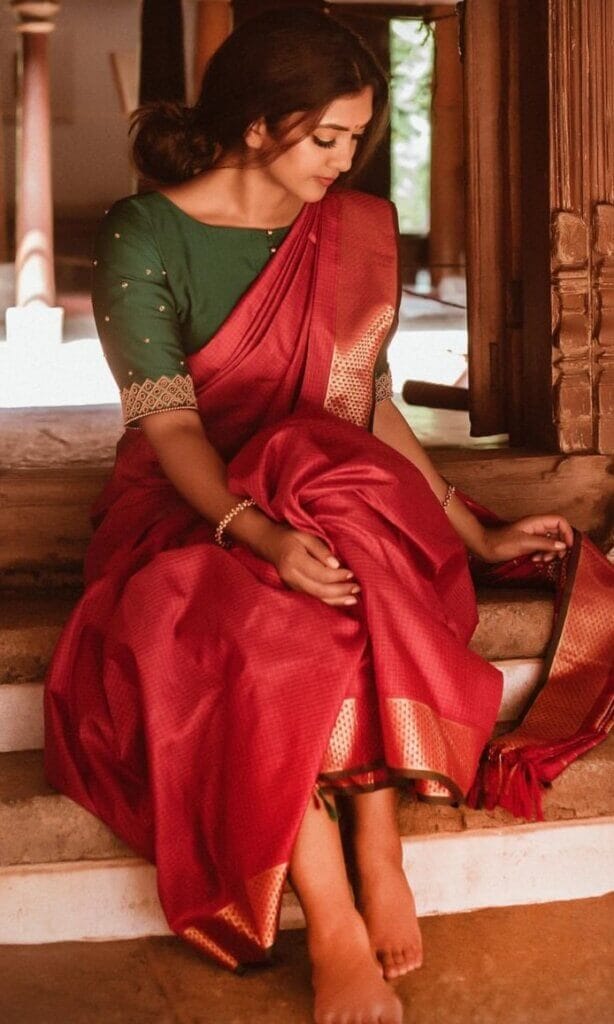
Fall and Pico To Ensure Your Saree’s Longevity
Think of fall and pico as an insurance for your saree. This small step ensures your saree remains beautiful for years. It not only helps in easy draping but also protects delicate weaves and embroidery. If you’re planning to wear a saree often or keep it in your wardrobe for years to come, getting a proper fall and pico is a must.
Fall For the Perfect Fall!
A saree is not just a piece of fabric; it’s an heirloom, a memory, and a celebration of craftsmanship. With the right fall and pico, you give it the care and respect it deserves. So, next time you buy a saree, don’t forget to get the fall and pico done—it’s the finishing touch that makes all the difference!

